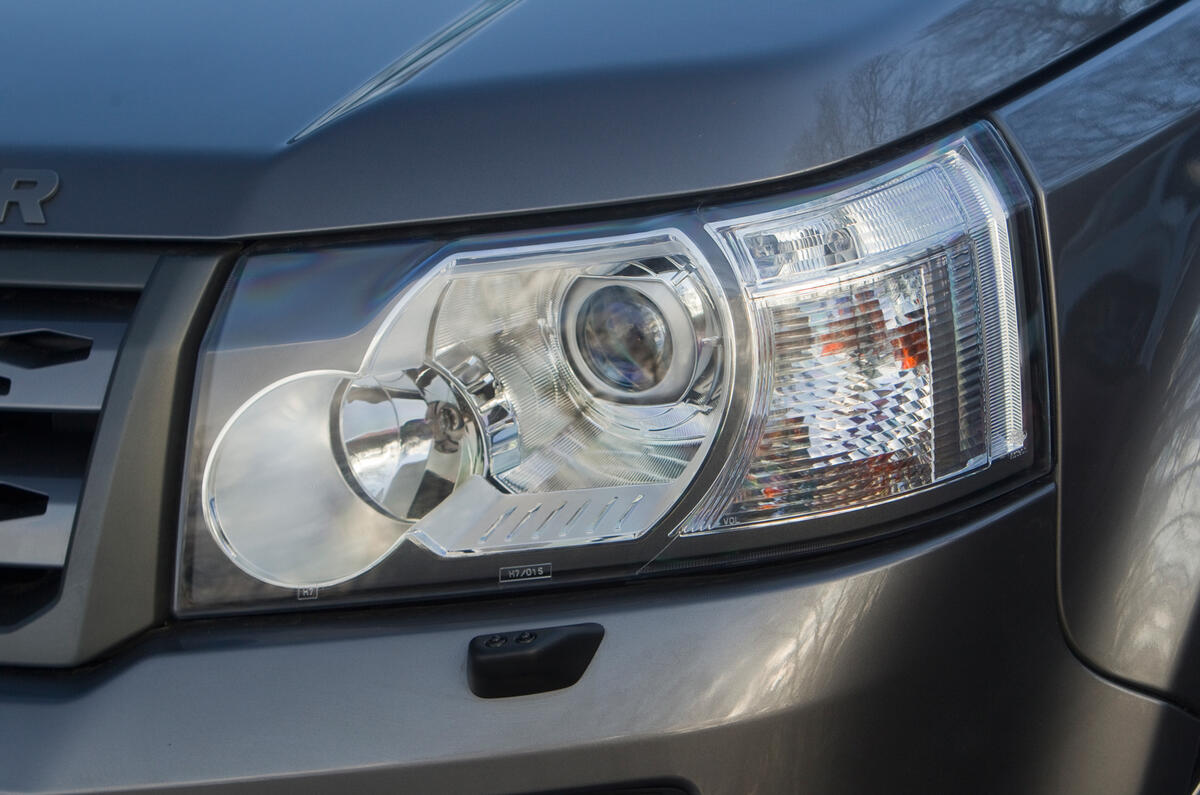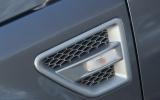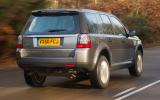The Mk1 Land Rover Freelander was launched in 1997 and was an instant hit - it went on to become the biggest-selling four-wheel-drive model in Europe, with over 540,000 units sold over its nine-year lifespan.
The Mk2 arrived in 2006 and was acclaimed as the best off-roader in its class. To improve its eco credentials, the Freelander 2 TD4_e arrived in 2009 as the first SUV to have a start-stop system, followed in early 2011 by a two-wheel-drive version.
As you can tell, this is a car that has not only shaken up the market, but moved with it as well. Now a front-wheel drive Land Rover might be controversial, but the brand has proved it can be popular, as sales of the Evoque prove. The rest of the Freelander range is more conventional SUV fare, offering five seats and four-wheel drive.
The Freelander proved that there was a market for a small off-roader with a big name badge and continues to sit at the forefront of it. That's quite an achievement, because with the Land Rover badge comes the expectation that it will be competent off the road as well as cosseting, quiet and composed on it. And with the caveat that while it a high-riding car, it should still be wonderfully agile.
Land Rover's one-time lengthy list of engines has been paired back to a single 2.2-litre diesel with two power outputs. A six-speed manual gearbox with start-stop as standard is fitted, although you can choose an auto and forgo the start-stop as a cost option.













































